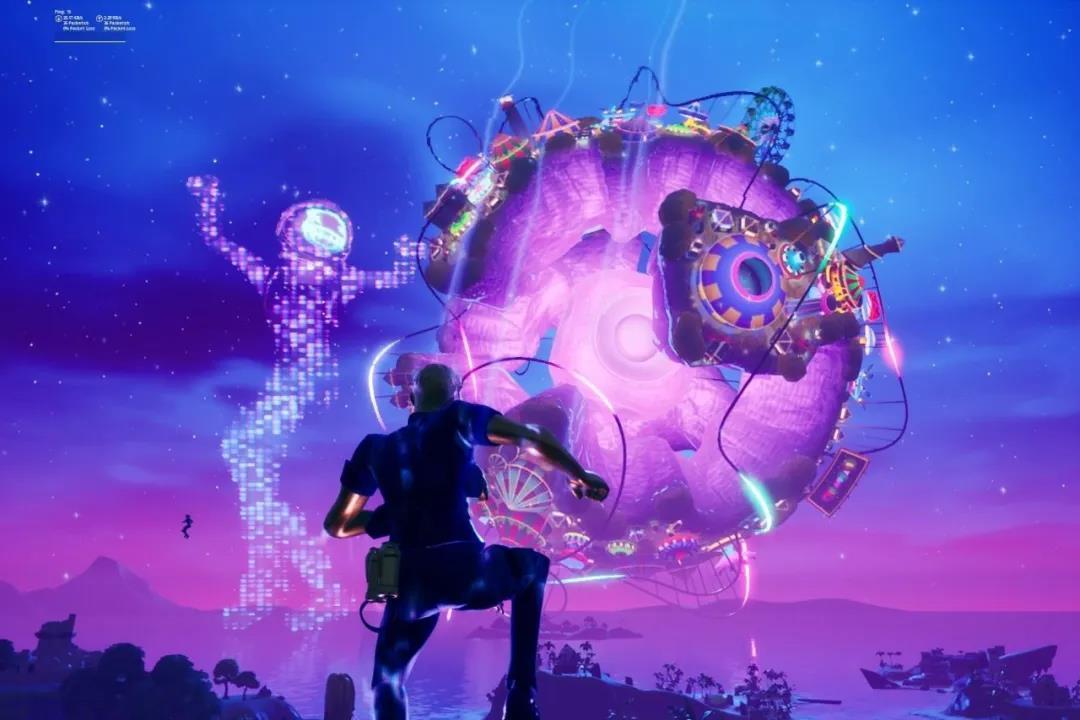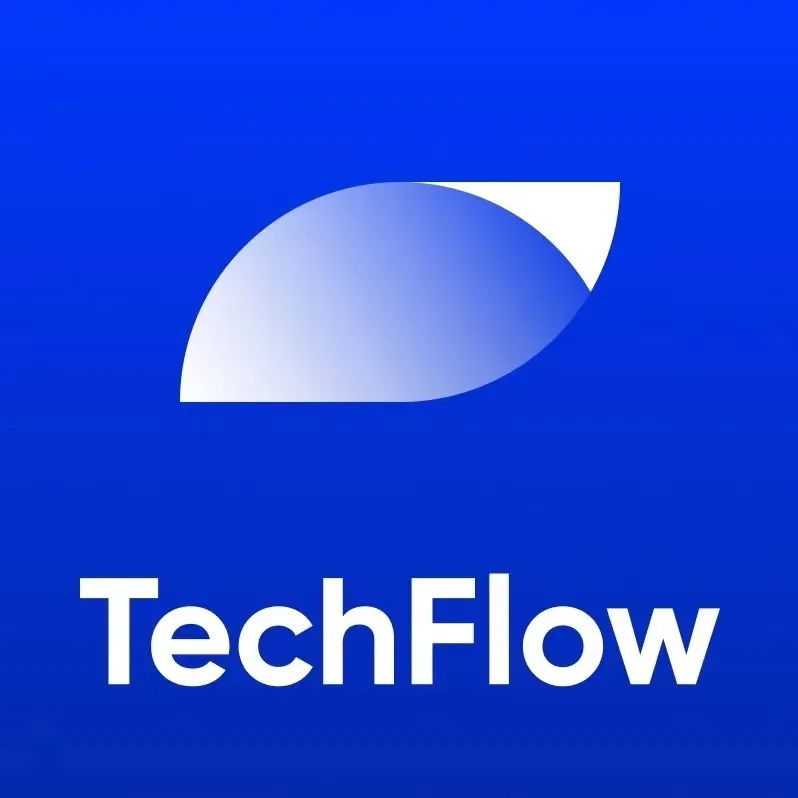Why do I not think Loot is the endgame of the NFT social experiment?
Author: Martha Zhang
Introduction: Founder of StarryNift, blockchain believer, metaverse dreamer

If the avatar of the metaverse starts with a crown woven from thorns and a forked branch for exploration, transforming into a golden crown and scepter after adventures and hardships, can parallel worlds only polish out eight gems through time and space?
In "Free Guy," the awakening of AI self-awareness and its evolution, gaining superpowers that surpass its creator, is it not the core creator's original intention and the engine of love that drives its initialization, rather than the recursive cycle of computing power in silicon-based civilizations?
As we humans are mired in the mud yet gaze at the starry sky, when the initial order is established in the chaotic universe, do the masses immediately rush in all directions, or are they endowed and seeking in the journey of the soul, flying to Earth after gaining a spark?
What is the beauty of Loot?
From a development perspective, the concept, system, and code of Loot are simple, which means more compatibility and scalability.
From an operational perspective, it is a product of decentralized fundamentalism, constructed from the bottom up, highlighting community consensus.
From a visual perspective, when image and avatar NFTs are rampant, the minimalist style of Loot's text gives metaverse fans endless imagination, pioneering the realization of "imagination pricing."
From an ideological analysis, from dystopia to new primitive art, the crypto non-alignment movement will take root among the vast populace of the Global South.
Any country formed through the wave of decolonization can be classified as a "semi-state," as its inherited nation-building is incomplete, making nationwide mobilization difficult, and this weakness has been and will continue to be exploited by the COVID-19 pandemic.
True redemption must appear in the form of a renaissance, encompassing the authorization of decentralized networks and DAOs, which may be the source of Loot.
The attribute tags of Loot are the seeds of data aggregation. As cosmic data increases and improves, these seeds may blossom and bear fruit, turning into towering trees. In principle, it seems that based on on-chain Loot data, users can have different visualization schemes, even expanding into complete games, or generating a novel with the owner as the protagonist based on Loot's description, allowing the owner to internalize a metaverse image recorded on the blockchain with infinite expansibility. But what is the reality?
The maze of Loot's social experiment
Autonomy without foundation becomes the dust of speculation
Any decentralized product, organization, or economic model needs the polishing and groundwork of a soul figure or team, achieving broader expansion and open-source only when relatively stable. For example, Bitcoin, Ethereum, and Linux all have core developers who have built a solid foundation and established an open-source community management paradigm, while the participants in Loot are more speculators rather than creators or developers, having overdrawn future monetization possibilities too early in its still fragile infancy, without creating valuable narratives and infrastructure. Co-creation does not equal orderly collaboration; the public needs enlightenment.
A fun game requires a balanced mix of values, randomness, and strategy, but Loot's free claim and simultaneous evolution have left only randomness, as there is no difference in the dimension of monetary input; too many strategies are not computable in a closed interval, meaning there are no strategies for users, leading to a plethora of imitation projects. The founder of the Loot project released a new Loot project, TemporalLoot (More Loot), starting from MLOOT number 8001, with a dynamic output of 1/10 of Ethereum's block rate, causing the original Loot price to plummet.
Predefined attributes reduce interaction possibilities
Loot sets eight adventure equipment attributes; although these components have vast imaginative space, the overall perspective is narrow and limiting. The equipment you are given can only have these tags. The content recorded in Loot Text is read-only, meaning you cannot modify what is recorded in, for example, Loot number 2 regarding what hat it is; other expansions merely display the hat. For instance, the Titan Ring can be expressed in many forms, but the description remains the Titan Ring; if the expansion is recorded on another contract, it is no longer the original NFT and naturally will not accumulate value; if an EIP improvement is submitted and changed with official certification, it may also conflict with the community's autonomy.
Scarcity construction struggles to form a unified consensus
Each attribute is randomly combined based on scarcity, with a 42% chance of a suffix and an 8.7% chance of a prefix. Loot wraps the generated attributes in an SVG tag and returns it as base64, not constructing truly visually appealing images. However, scarcity is not only differentiated by artificially defined components but also by many unquantifiable indicators such as aesthetics and resonance. For example, Crypto Punk players tend to seek avatars that resemble themselves; for instance, an alien with a pipe universally embodies more cyberpunk meaning, while Loot's scarcity seems to lack warmth.
Defects of non-standard protocols and time-series databases
The possible expansion form of Loot is similar to a time-series database; to obtain the latest data, it needs to be unified from the very first entry to the last, so truly expanding into game performance may not be ideal. Loot has modified the 721 protocol, adding its elements but not reaching the height of establishing new standards. If other projects use it, confusion is inevitable; enhancing compatibility requires more standardized packaging to build a more vibrant developer community for corresponding interaction; otherwise, opening up grand scenarios from the outset can only remain conceptual.
Is Rarity a better solution?
Inspired by Loot, YFI founder Andre Cronje announced the launch of a similar enhanced game, Rarity 2.0, which includes 11 types of characters. After players create characters, they can gain experience points (XP) through exploration in the game, consume XP to level up and acquire unique skills. Upon reaching a certain level and possessing specific skills, players can craft items and auction them on the secondary market, essentially creating an on-chain battle RPG based on NFTs, complete with a portion of the worldview.
Lowering the operational threshold: Since Loot-type projects lack a front end, players need to mint contracts themselves, while Rarity has a community-developed front-end interface, making it easier for novice users to play mini-games with just a basic understanding of wallets, leading to rapid development.
Enhanced scalability: Similar to Loot, the Base NFT contract is relatively simple, allowing for the expansion of other attributes and skills on top of this contract, enabling community development within a single codebase, which may reduce the chaos of Loot imitations and uncontrolled expansions.
Solving the tagging issue: Rarity is not overly constrained by the OS-type Metadata settings; the Base URI is particularly simple but indeed variable, and the variables exist within the contract, such as XP (health points) and Level; when needed, querying the Base URI once will yield different variables, returning different Base URIs.
Active operation by the founder: On the basis of only needing to pay gas fees to participate, users who have used cross-chain bridges like Anyswap, Polygon, Avalanche, and RenProtocol will receive airdrops of FTM to cover cross-chain costs, further reducing friction costs.
StarryNift seeks Maxwell's Demon
First create a playable hit before fostering openness
Compared to Loot's completely decentralized approach, StarryNift chooses to lay a foundation first through its team, establishing a standard aesthetic style, ensuring the safety and efficiency of technical implementation, providing users with rich gameplay scenarios, and simulating the most sustainable economic model, after which more possibilities will be opened.
The official will first operate a planet, including nurturing, treasure hunting, battling, and other games. Once the community reaches a certain foundation and activity level, more planets will be opened, providing space for third-party operations like Steam developers. After establishing a more objective NFT price discovery mechanism and evaluation system, more user minting entrances will be opened. Based on its successful INO, an open financial platform will be established to introduce more projects.
Taking art as an example, StarryNift also emphasizes crypto-native essence and the programmability generated by technology, but components require high-quality original artwork. After random combinations, manual intervention is still needed to ensure implementation, with plans to continuously introduce more artists for co-creation and IP incubation.
First build a three-dimensional ecosystem, then integrate different needs
In contrast to Loot, which attracts speculative users due to price fluctuations, StarryNift aims to construct a multi-dimensional space for creation, social interaction, gaming, entertainment, and trading, allowing users to have channels for creating value and a willingness to consume services to pass the time. By endowing NFTs with longer-term value and gradually releasing profit scenarios, it avoids users quickly flipping and dumping in the secondary market.
Waiting for an online performance of NFT virtual idols, searching for NFT treasure map fragments in museums, leveling up and fusing NFT cards while fighting monsters, forming guilds to win in SLGs, and obtaining economic dividends through NFT airdrops are all highly anticipated. Users seeking more possibilities, such as increasing the probability of scarcity to capture white cards turning into gold cards, or generating rarer treasures by burning tokens, can achieve a closed loop of rising virtual asset prices within the inflation model.
Standardization at the technical level leads exploration
From its inception, StarryNift has deployed multiple public chains, constructing different product functions based on the attributes of different ecosystems, while ensuring user choice through cross-chain bridges. By adopting the 1155 protocol, it can access the latest data at any time and quickly associate with other data, achieving batch traffic aggregation; through collaboration with BOBA to explore NFT circulation between Layer 1 and Layer 2, significantly reducing gas fees; in the future, it hopes to achieve breakthroughs in the 2C+2B model through the use of Elu, Unity game engine, and self-developed open infrastructure.
The worldview can be expanded based on clues
In the post-pandemic era, StarryNift tells the story of alien virus bugs attacking indigenous people, creating chaos through mutation and disguise, yet also igniting new energy on the planet. The virus replicates quickly, seemingly humanity's nemesis, but in fact, fertilized eggs and cancer cells, while aggressive towards the human body, also construct life; COVID-19 isolation has paralyzed human society, but nature quickly repairs itself, forests and oceans self-purify, and animal birth rates increase; by exploring the relationships between technology, nature, art, and the universe, it aims not only to achieve Play to Earn but also to hope for Play to Remember.
Loot is an interesting social experiment, with indelible significance in expanding the ideological and conceptual boundaries of NFTs, but a double-edged sword often brings both success and failure, with the devil hiding within the holy spirit. Rarity has made more and better optimizations in NFT scalability and tagging, turning concepts into reality.
For StarryNift, a more promising approach for the future is to allow NFTs to no longer be the unchanging tags defined by Loot, nor tools for speculative trading and imitation, but to give them life, a trajectory of action, and abundant capabilities.
Let those who own NFTs not only possess a ticket to the metaverse but also have the qualifications and means to grow alongside the metaverse, meeting in a better world, orderly resisting entropy, and unraveling the puzzle of evolution.










